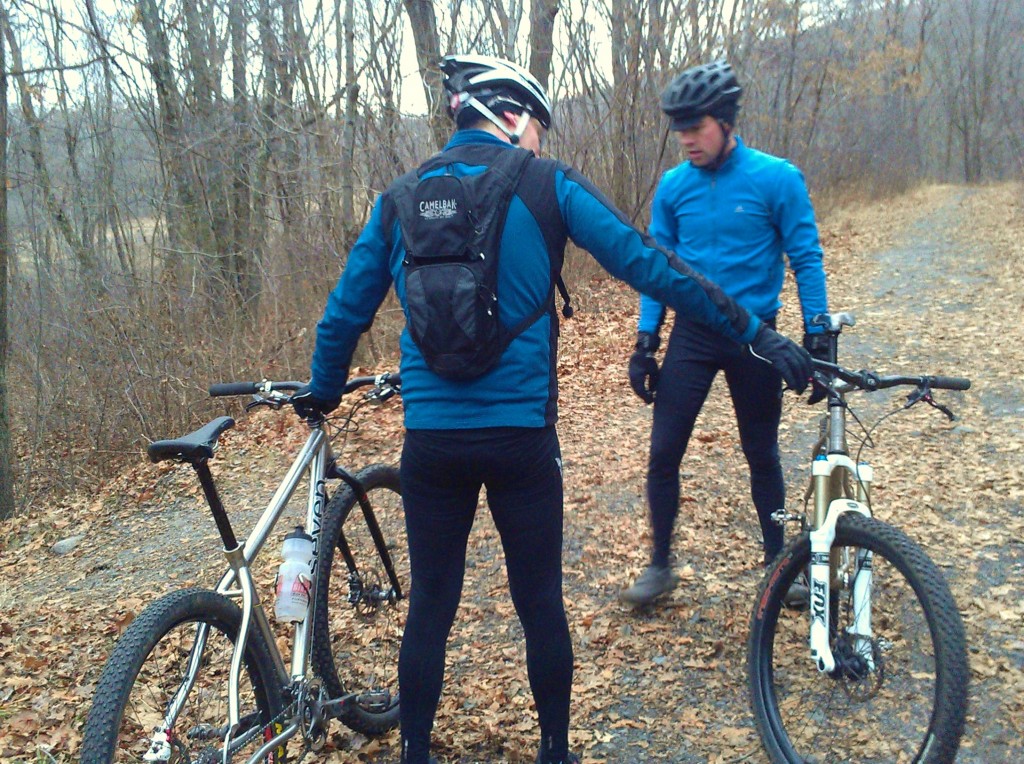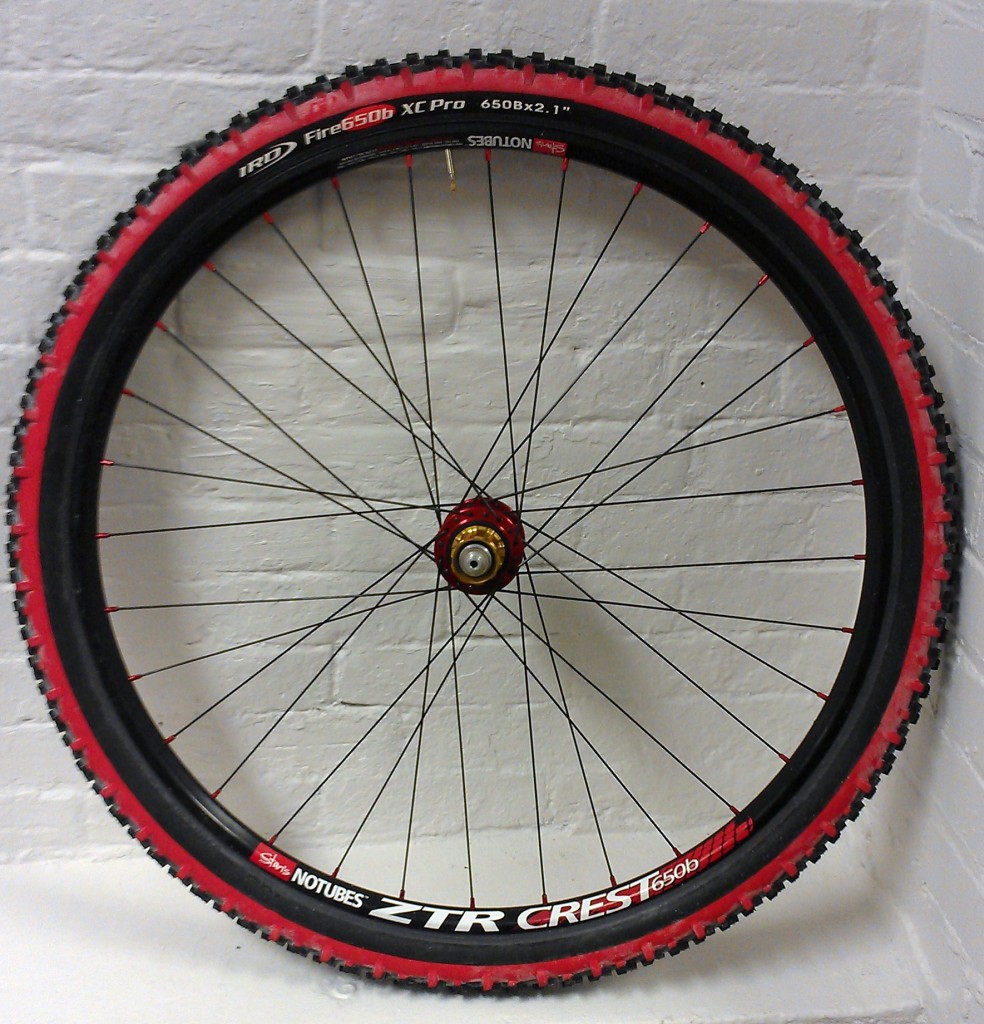When Nino Schurter won the first World Cup mountain bike race of the season in Pietermaritzburg, South Africa on a bike with 650b wheels, it sent a ripple through the cycling universe. Anyone viewing 650b – essentially a size midway between 26″ and 29″ – as a novelty wheel up to that point, suddenly had to take this new/old wheel standard very seriously.
Seven has been building 650b-specific mountain bikes for a few years now, and in our experience, 650b gives a nice balance between the handling of a 26″ wheel and the obstacle clearance of a 29″ wheel. It manages to maintain momentum better than the 26″ and dive through switchbacks better than a 29″. Certainly, for smaller riders interested in the benefits of a larger wheel, the 650b standardcan beeasier to build a well-fit frame around thana 29″.
What we find, time after time, is that there is no one-size-fits-all solution for building a great bike, and we think 650b is a good example of the big benefits to be gained by thinking outside of the conventional wisdom.

At Seven, several of our employees are riding 650b for their everyday trail bike, including Joe Wignall who has his set up single-speed with an eccentric bottom bracket and belt drive system, and John Lewis who stuck with chain drive, but is also running single speed. These bikes give a pretty pure trail experience. You work for the climbs. You pick your way through the more technical descents. There’s a lot of stripped down, old-school fun to be had on bikes like these.
The industry looks to be expanding into 650b for the coming season, and while the cynical among us might view that as just another opportunity to sell stuff to cyclists, the benefits of 650b are pretty tangible, once you take the time to ride it.

